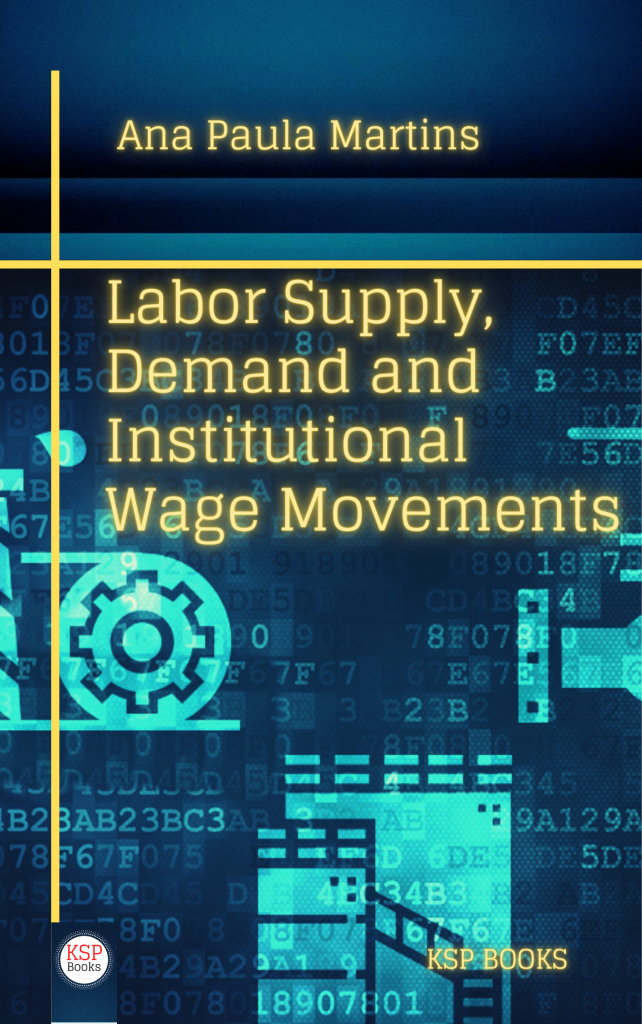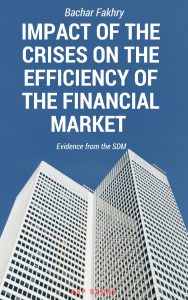Synopsis
Chapter 1. The analysis discusses the labor market equilibrium under union oligopoly, where unions represent homogeneous workers and use employment strategies. The following points are addressed: 1. The labor market outcomes in the presence of; a. uncooperative behavior among unions; b. uncooperative environment with a leading union; c. collusive (coordinated unions) behavior among unions; d. globally efficient bargaining, are confronted. A specific example with a Stone-Geary utility function and linear demand is forwarded. 2. Supply dynamics may push up employment and, therefore, the number of unions. In equilibrium, some bounds exist to the number of unions the market can support, which are investigated in the example. Five supply dynamics are considered: a. reservation wage restriction; b. a standard labor supply constraint; c. number of unions equal demand; d. individualistic unions; e. existence of a minimum (employed) membership requirement. The equilibrium number of unions for the Cournot-Nash, Stackelberg and efficient bargaining structures is derived for the case where unions exhibit Stone-Geary preferences and labor demand is linear.
Chapter 2. In this chapter we present and confront the expected outcome of a raise in earnings taxes on the regional or sectoral allocation of labor force and employment. The basic frameworks are the benchmark dualistic scenarios. A single-input analysis of an homogeneous product economy is provided once extensions were designed to highlight the role of mobility barriers and how they interact with local wage-setting rules to determine regional allocation rather than trade issues or factor substitution. We report the main effects on equilibrium local after-tax wages, supply, employment and aggregate welfare surplus of a unilateral as well as a simultaneous unit tax increase of the (a) basic two-sector model in six different scenarios: free market; partial (one-sector) coverage with perfect intersector mobility; partial (one-sector) coverage with imperfect mobility (Harris-Todaro); multiple (two-sector) coverage with imperfect mobility (Bhagwati-Hamada); partial (one-sector) coverage with affiliation restrictions in the covered sector; partial (one-sector) coverage with limited employment generation ability in the traditional uncovered sector. Needless to say, the results would apply to any other production factor, one or other scenario being more appropriate for inference of the consequences of differential taxation systems.
Chapter 3. This chapter analyzes the labor market outcome when there are two unions in the industry, representing homogeneous workers (hence, unions use employment strategies), in the presence of union employment (quantity) constraints. Three strategic environments are considered: Nash-Cournot duopoly, Stackelberg duopoly and efficient cooperation between the two unions. Employment constraints -ceilings and floors- originate kinks and/or discontinuities in the reaction functions, leading to corner solutions and special features of the labor market equilibrium. Two types of constraints are discussed. One is insufficient employed membership (ceiling) for the interior solution. Then it may be optimal for a Stackelberg leader to push the other to the bound. The other case considered is the legal requirement of a minimum number of employed members that the union must have to be constituted. Entry-deterrence strategies of the leading union may then emerge.
Contents
About Author
ISBN
978-625-7501-20-0
Date of Publication
December 1, 2021
File Size: 2851 KB
Length: xiii + 123 pages
This work is licensed under a Creative Commons Attribution 4.0 International License.
















